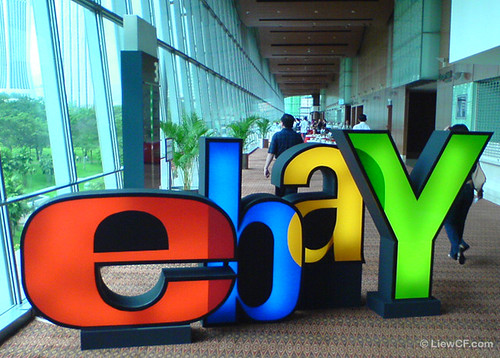Refreshing. That is as simple as I can put it. I feel like I bit into a York Peppermint Patty . We live in a world where businesses may preach transparency, but typically they try to blame others for issues, and/or deny ownership. Consumers often feel that they are powerless and are never heard. Brands and images take a huge hit and unless a company is really listening, it may never know, and I believe that many do not care. Social media may provide an opportunity for instant feedback, but many companies are too slow to move or do not move. However, what I saw from the World Triathlon Corporation (WTC), who owns the Ironman Triathlon brand and its CEO, Ben Fertic, in response to Ironman Miami 70.3 and Ironman Access shows one thing: this company understands that its brand is precious and "image is everything".
While some of you have not experienced the sweet nectar that is Triathlon, the Ironman Brand puts on events that are extremely organized, prepared, and well-run (and, oh so hard). Having put on bicycle races in the past, I know most participants do not even know how much of a logistical nightmare these races are and they should not care since they are investing so much. The entry fees alone may cost anywhere from $200-$1000 and this does not include their travel, equipment, and lodging. Participants have invested money and more importantly hundreds of hours in training for an event. When things go wrong, they are going to voice their opinions. Enter Ironman Miami 70.3 and the licensee, Paramount Productions.
The short and sweet of what happened was that the WTC licensed its name/brand "Ironman" to another company to host an event in South Florida. Little did they know, there would be major issues that would reflect on them. The consensus was that the event was poorly organized. We're talking participants did not have enough access to water or porta-potties, street conditions were hazardous, etc. Can you imagine racing (for non-pros) four to eight hours in this? If you want more information, the story is here. One participant was quoted saying,
“Ironman, you should be embarrassed.”
Here is why this press release and action should be a template for all businesses.
- Briefly explained the situation and apologized
- Acknowledged the dissatisfaction
- Put in writing the steps they are taking to resolve the situation
- Offered a pass for another event
Johnson & Johnson seems to have built up considerable public confidence. ''Nobody blamed Tylenol, nobody blamed J.& J.,'' said Judith Langer, the president of Langer Associates, a market research concern.
The reaction to the WTC’s actions was pretty positive. Fred Mehrer posted “Way to step up WTC”, while Miami resident Andreai Nana said “Admitting fault and offering a clear plan to correct the mistake was the right thing to do.”
WTC was trying something new (Ironman Access) to try to expand and enhance the triathlon experience. However, the feedback from emails and social media outlets were so bad that the CEO made a video apologizing and reversed the plan.
"So, we’re going to rescind the Ironman Access program. We’ll refund the money. And I just wanted to say personally that we’re sorry we disappointed you. We’re human. We make mistakes, but we’re listening."
In the end, WTC could have blamed the company it licensed its name out to and done not much else. But, because protecting its house-hold name is so crucial, it attacked quickly to resolve all issues. Ultimately, satisfying the consumer/participants and protecting the 'ole brand equity.
~the GURU
P.S. I did my first Ironman 70.3 in September and had a blast.


























